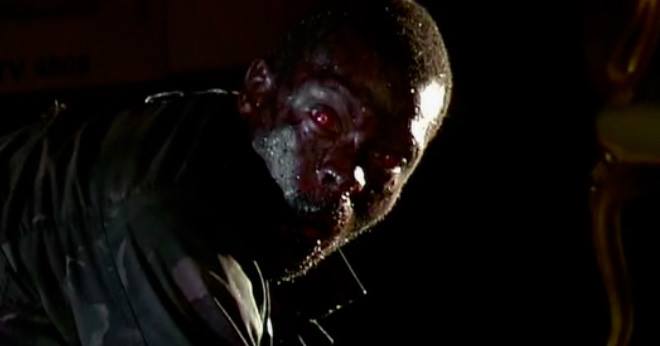28 DAYS LATER

I could go on and on about how 28 Days Later is a wonderful example of post 9/11 distress in cinema, but revisiting it last night I was reminded that the early ‘00s were when filmmakers tested their toes with digital video.
Shot on a Canon Jesus(jesus, remember those?!) it was a reminder of how its groundbreaking aesthetic has become a staple in filmmaking to this day. The weird shutter-stutter of action, the grayish-green contrast, the predominately hand-held shooting style (get it fast, we’ve got a tight schedule!). Thank Christ the resolution on these cameras have improved substantially.
I can give or take the zombie genre. It cannibalizes off itself to the point of being rote (it’s the end of the world, there’s mass infection, other survivors are worse than the threat outside). It’s alright to create a film around those bare-bone beats (that’s what a paradigm is), but very, very few of these flicks add new spice to the broth — which is the genre’s worst disservice. Horror’s like jazz: it’s power should always lie in unpredictability.




